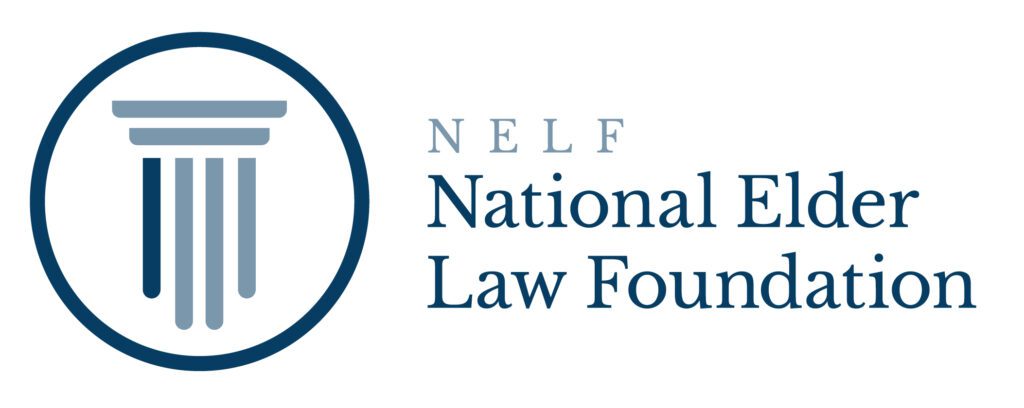One important aspect of estate planning is determining who you wish to receive the things that you own after your death.
People often make specific provisions for personal items and real estate. They may make specific cash gifts to individuals or charities. Ultimately, it is necessary to decide upon the distribution of the residue of your estate – what remains after debts and taxes and administrative costs have been paid, and specific gifts distributed.
Will’s often direct that the residue be divided in shares and distributed at one time in a lump sum. For example, the Will might say “I give an equal share of the residue of my estate to each of my children who survive me.”
In addition to deciding who should receive a share of your estate, it is important to consider when and in what manner a beneficiary should receive their inheritance. An outright, “no strings attached” distribution may not be in the best interests of a beneficiary. A beneficiary may be young, inexperienced at handling money, or a spendthrift, have creditor problems or special needs.
Trusts can be used to protect an inheritance and maximize its ability to benefit the beneficiary. Two types of protective trusts that are often used are the “staggered distribution trust” and the “special needs trust.”
THE STAGGERED DISTRIBUTION TRUST
One way to protect a beneficiary is to spread out an inheritance over time rather than paying it all at once in a lump sum. Distributions can be triggered when the beneficiary attains a certain age, or achieves a goal (e.g., graduation from college). Here is an example.
John has a grandchild, Mary who is currently a freshman in college. John wants to leave Mary a substantial inheritance but is concerned that the inheritance could soon be gone due to immaturity, a bad marriage, or other concerns. So, instead of leaving Mary her inheritance in a lump sum, he leaves it in trust, with her mother, Joan, as trustee. The trustee is given discretion to use the trust fund to provide for Mary’s education or other needs, as the trustee deems appropriate. When Mary reaches age 25, the trustee is to distribute 1/3rd of the balance of the trust to her. When Mary reaches age 30, she will receive ½ of the remaining funds held by the trust. When Mary reaches age 35 any remaining trust funds will be distributed to her.
THE SPECIAL NEEDS TRUST
Do you have a potential beneficiary who needs or may someday require public benefits? If so, you should consider the advantages of using a special needs trust rather than a lump sum inheritance. This type of trust allows you to leave an inheritance without destroying the beneficiary’s entitlement to government benefits like SSI and Medicaid.
The funds held by a special needs trust are deemed to be “unavailable” for purposes of means tested public benefit programs. It is designed to complement rather than replace public benefit supports that are available to the beneficiary.
On the other hand, if the inheritance were left to the beneficiary outright, it would likely make the beneficiary ineligible for government assistance until the funds were spent down to minimal levels. The inheritance would benefit the government but not the beneficiary.
Staggered distribution trusts and special needs trust are just two examples of the protection that effective estate planning can provide to your family. If you reside in Pennsylvania you can contact Marshall, Parker and Weber for more information on options that make sense for you.




